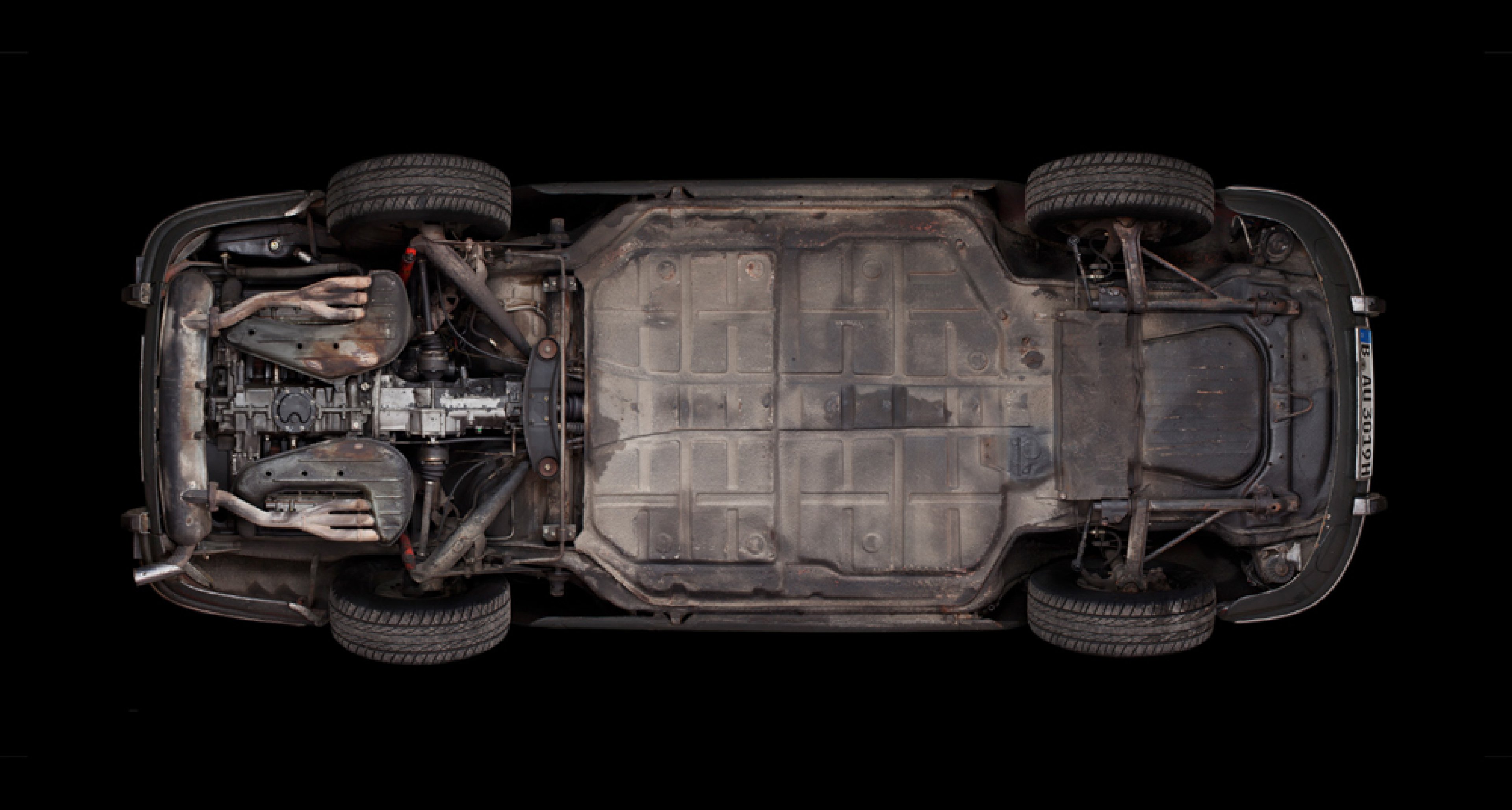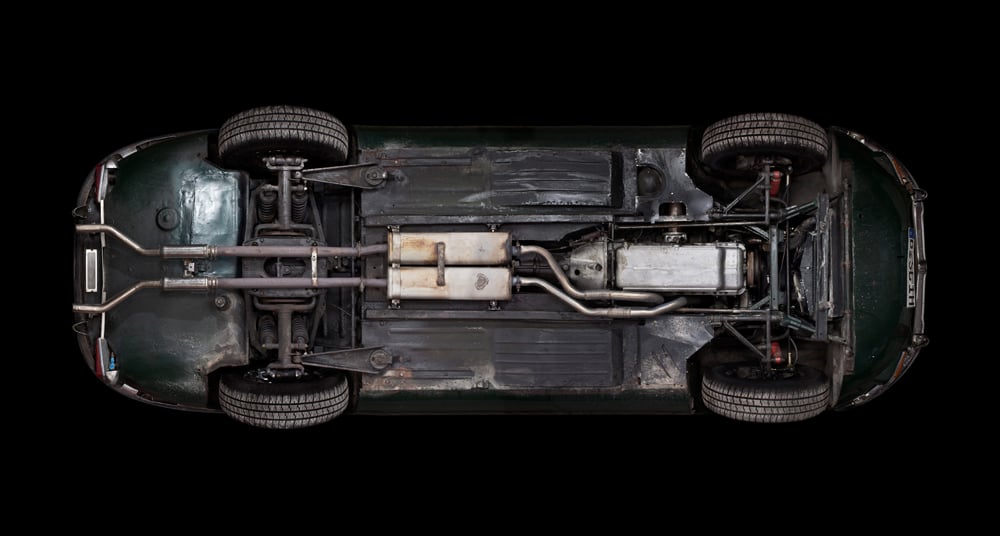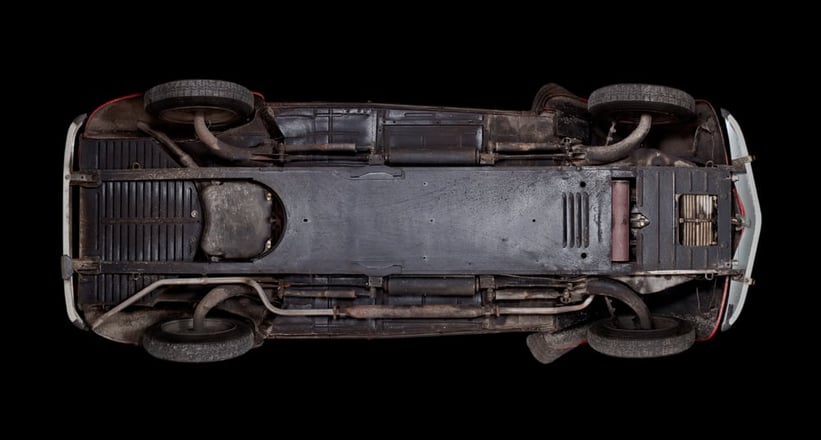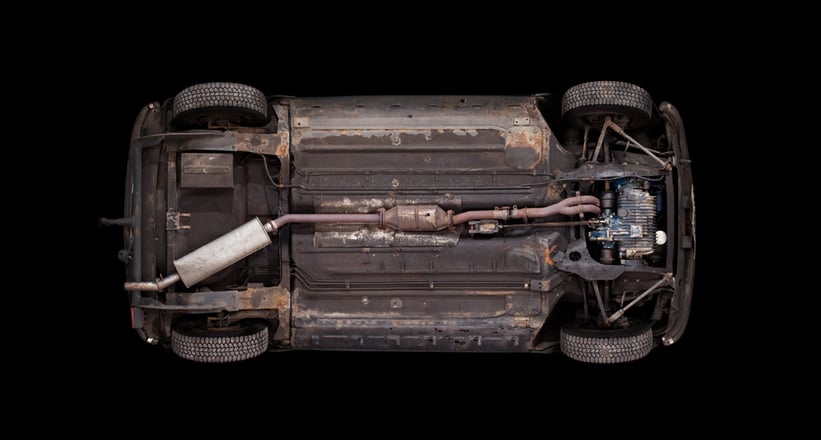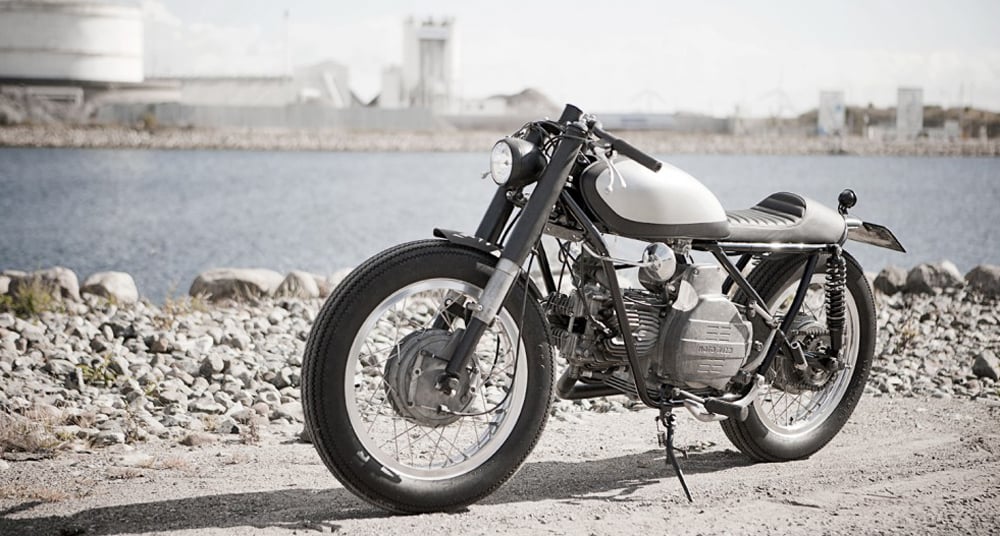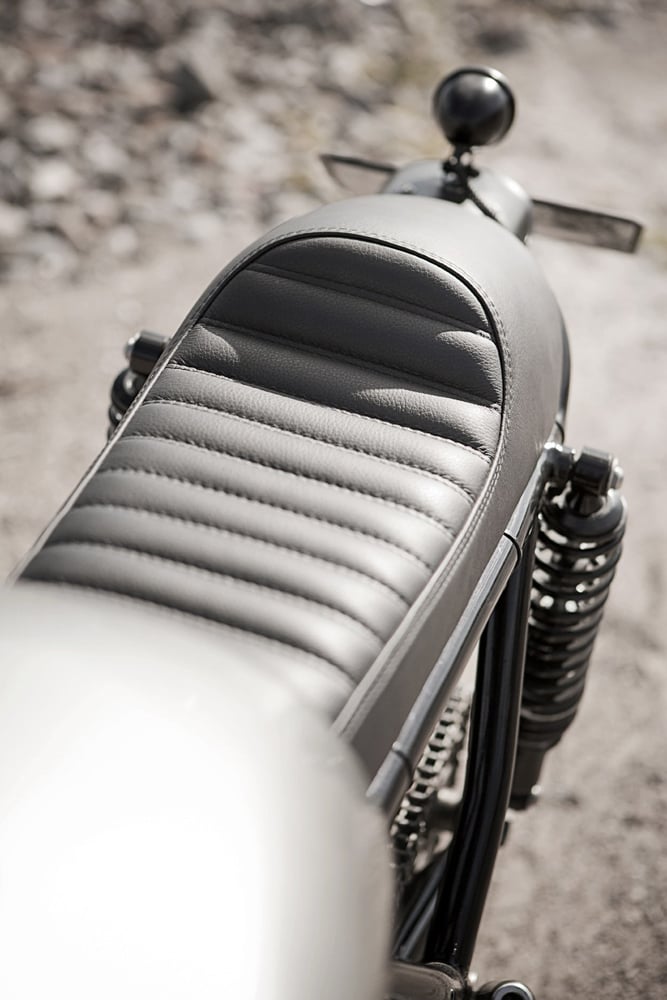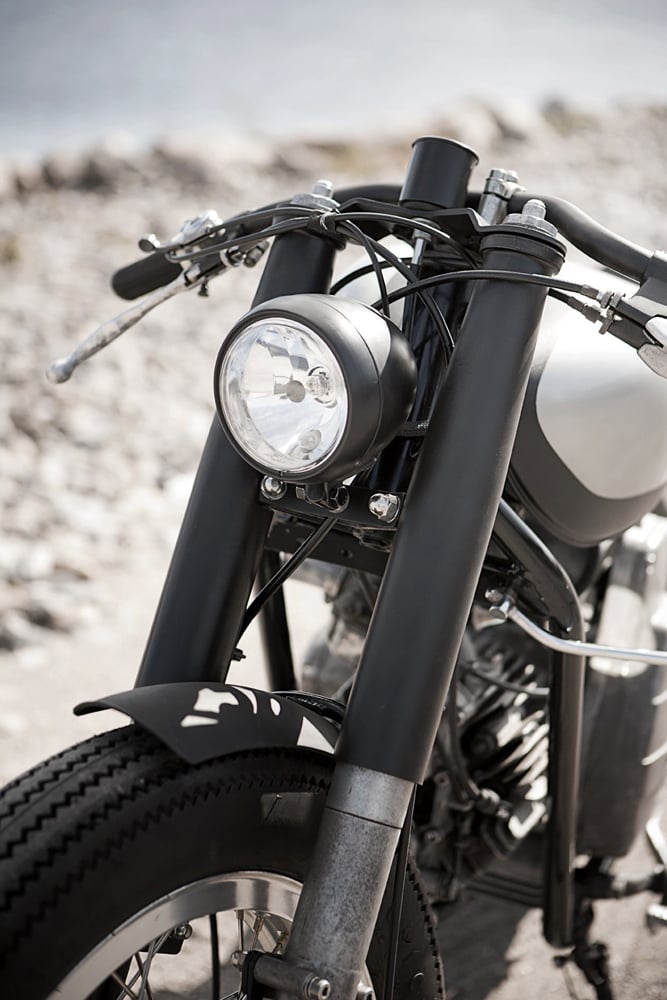There are certain things in life that can be just that little bit difficult to love, regardless of technical abilities. No matter how well something is engineered if it’s missing that je ne sais qoui a frosty reception may well await. If luck is held, this could just manifest itself in a feeling of disgust in a social media comment. But even worse is when something receives no opinion at all.
Design and engineering should always provoke a reaction. Particularly with custom bikes. Whether it gives you a warm, fuzzy feeling in your nether regions, or provokes an E-coli-like 1-2 sucker punch of vomiting and diarrhoea, the end game of building something is revelling in it’s reception. Except perhaps, for that last example.
BMW definitely avoided being ignored when the K-Series first appeared. Rather than play copy-cat to the Japanese factories, the Bavarians, at first glance, appeared to have left the orientation of the powerplant up to an origami fortune teller. The car-like 4-cylinder lump was wedged longitudinally in the frame on it’s side. An excellent engineering solution for the shaft driven tourer, but leaving a certain blocky aesthetic that was never really overcome.
Eventually though, despite it having a devout, vocal following, and not withstanding the standard bike’s epic capabilities at long-haul wafting, BMW caved and called it a day on the design. That original K-bike now seems like a brave experiment. It’s bricks and motor equivalent might be brutalist architecture. But no matter the technical advantages, there’s a reason Brunel University was used for A Clockwork Orange, and there’s a reason the majority of IL4 engines spin their cranks across the chassis.
Not that this worries the guys from Shaka Garage; the boys from Bari revel in an unorthodox challenge. So costly R-Series donors were pushed aside at the opportunity to transform a K-bike. Found in fair condition, the 1985 K100, cast snowflake wheels and all, was soon being transitioned from render to rubber.
Rather than try and minimise the visual heft of the machine, which the engine then does it’s best to undo, Shaka decided to enhance the main lines of the bike. Focusing on and exaggerating the tonnage and mammoth proportions as they put it, bringing the muscular design to the forefront.
The bike is purposely unbalanced, the disproportionately small LED front light brings mass back to the middle of the bike, tight like a closed fist. The overall feel is classic muscle-bike, upright superbike bars give a commanding position once aboard the heavy hitter.
The rear portion of the frame was completely reworked however, no longer needing the additional scaffolding for touring duties. Sporting a dual Brat-style seat, a cowl was fabricated for the days when the rider can’t muster an interested companion. A mixture of laser cut templates and old fashioned mallet mashing was used for all the aluminium pieces, a simplistic front fender carrying the style right to the front of the bike.
A real highlight is that handmade exhaust. In case of any doubt in the engine’s layout, the dragster inspired row of tips shows intent and will keep your left foot affably warm in winter months. Pleasingly though, this is not some performance sapping 12 inch header, exiting into the atmosphere.
A custom muffler, tucked under bike maintains back pressure and reduces the racket to more amenable levels. As a result, Shaka assure us the sound is not vulgar or annoying, merely full blooded and a bit rude. Deafening bikes are overrated anyway (or is that a bit of K-series conservatism rubbing off?
The name ‘Silver Gills’ came about as the result of the new side mounted appendages. Not only do they add to the lines of the bike, continuing the waist line and filling in the uplift at the front of the tank, they also hide the unsightly radiator whist letting the warm air dissipate. A simple addition that dramatically alters the bike’s looks.
Forgoing a flash paint job to emanate the bare concrete walls of aforementioned brutalist buildings, the bike lets it’s base materials show. The raw aluminium finish to tank and tail are accentuated by simple graphics paying reference to BMW’s motorsport division.
Whilst the aggressively treaded rubber may not suit everyones taste or riding style, they sure add character to the build. Just remember to take it easy and perhaps not use all of the litre bike’s accelerative prowess at once. Contrasting the raw bodywork, a combination of black powdercoat and brushed highlights give the mechanical components a factory feel. The duality of this perfectly reflected in the transformation from staid tourer to two-wheeled uppercut.
via The Bike Shed
